Introduction
Huangjiu, also known as Chinese rice wine or Shaoxing wine, holds a unique place in the culinary heritage of China. Its rich history, delicate aroma, and subtle sweetness make it a cherished ingredient in various dishes and beverages. Unlike other alcoholic beverages, Huangjiu is often heated or cooked before consumption, a process that enhances its flavor and brings out its full potential. This guide aims to provide a comprehensive understanding of how to cook Huangjiu, from selecting the right wine to mastering various cooking techniques. By the end, you’ll be equipped with the knowledge and skills to incorporate this ancient delicacy into your culinary repertoire.
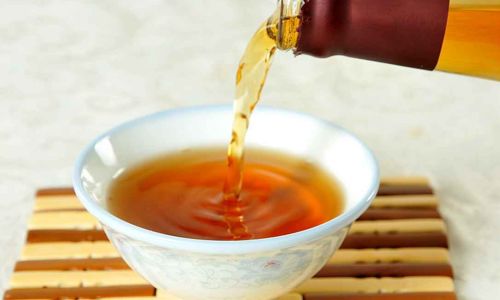
Chapter 1: Understanding Huangjiu
1 Origins and Types
Huangjiu’s origins trace back thousands of years to ancient China, where it was initially fermented from glutinous rice, water, and yeast. Over time, regional variations emerged, each with its unique characteristics. The most famous type is Shaoxing wine, named after the city in Zhejiang Province where it is traditionally produced. Shaoxing wine is characterized by its amber hue, mellow taste, and fragrant aroma.
Other notable types include Jiaxing wine from Zhejiang, Wuyi Yanzhi wine from Fujian, and Suzhou wine from Jiangsu. Each variety differs in taste, aroma, and color, reflecting the local climate, soil conditions, and fermentation techniques.
2 Nutritional Benefits
Huangjiu is not just a culinary delight; it also boasts several nutritional benefits. Rich in amino acids, vitamins, and minerals, it is considered a healthy alternative to other alcoholic beverages. It is believed to improve circulation, aid digestion, and have a calming effect on the nervous system. However, these benefits are maximized when consumed in moderation and as part of a balanced diet.
3 Choosing the Right Huangjiu
When selecting Huangjiu for cooking, consider the following factors:
-
Age: Older Huangjius tend to be more mellow and fragrant, making them ideal for cooking dishes that require a deeper flavor profile. Younger wines are generally sweeter and more refreshing, suitable for lighter dishes or as a beverage.
-
Type: Different types of Huangjiu have distinct flavors. For example, Shaoxing wine is known for its balance of sweetness and bitterness, while Jiaxing wine is sweeter and more aromatic. Choose the type that best complements your dish.
-
Quality: Like any wine, Huangjiu’s quality can vary. Look for brands with a good reputation and a history of producing high-quality products. Check for certifications and awards that indicate quality and authenticity.
Chapter 2: Basic Cooking Techniques
1 Heating Huangjiu
The simplest way to cook Huangjiu is to heat it gently. This process, known as “warming,” enhances its aroma and flavor, making it more enjoyable to drink. Here’s how to do it:
-
Pour the Wine: Measure the desired amount of Huangjiu into a heatproof container, such as a ceramic pot or stainless steel saucepan.
-
Heat Slowly: Place the container on a stove over low heat. Avoid using high heat, as it can cause the wine to boil and lose its delicate flavors.
-
Monitor the Temperature: Use a thermometer to ensure the wine does not exceed 70°C (158°F). This temperature preserves the wine’s aroma and flavor while making it warm and comforting.
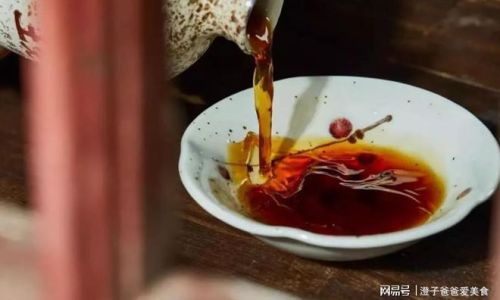
-
Serve Immediately: Once the wine reaches the desired temperature, remove it from the heat and pour into serving cups. Serve immediately to avoid it cooling down.
2 Simmering with Ingredients
Simmering Huangjiu with various ingredients is a popular cooking technique that creates complex and flavorful dishes. Here are some common ingredients and methods:
-
Ginger and Sugar: Adding sliced ginger and a small amount of sugar to heated Huangjiu creates a warm and soothing drink, perfect for cold weather. Simmer the ingredients together until the ginger flavor infuses the wine.
-
Fruits: Huangjiu can be simmered with fruits like oranges, apples, or pears to create a fruity and refreshing beverage. Peel and slice the fruits, then simmer them in Huangjiu until they soften and release their juices.
-
Spices: Incorporating spices like cinnamon, star anise, or cloves adds depth and warmth to Huangjiu. Tie the spices in a cheesecloth bag and simmer them in the wine until fragrant.
Chapter 3: Advanced Cooking Techniques
1 Cooking with Huangjiu in Dishes
Huangjiu’s unique flavor profile makes it an excellent addition to various dishes, from meats and seafood to vegetables and desserts. Here are some recipes that showcase Huangjiu’s versatility:
-
Huangjiu Chicken: Marinate chicken pieces in Huangjiu, soy sauce, ginger, and garlic for several hours, then steam or bake until tender. The result is a moist and flavorful dish with a hint of sweetness.
-
Huangjiu Prawns: Simmer prawns in Huangjiu, ginger, and green onions until cooked. This dish highlights the sweetness of the prawns and the fragrant aroma of the wine.
-
Huangjiu Pork Ribs: Braise pork ribs in Huangjiu, soy sauce, brown sugar, and spices until tender. The ribs absorb the wine’s flavor, resulting in a dish that is both savory and sweet.
2 Creating Huangjiu-Based Sauces
Huangjiu can be used to create sauces that elevate the flavor of dishes. Here’s how to make a basic Huangjiu sauce:
-
Combine Ingredients: In a saucepan, combine Huangjiu, soy sauce, sugar, garlic, ginger, and star anise. Adjust the quantities to taste.
-
Simmer: Cook the mixture over low heat, stirring occasionally, until it thickens to a sauce-like consistency.
-
Strain: Remove the ginger, garlic, and star anise, then let the sauce cool slightly.
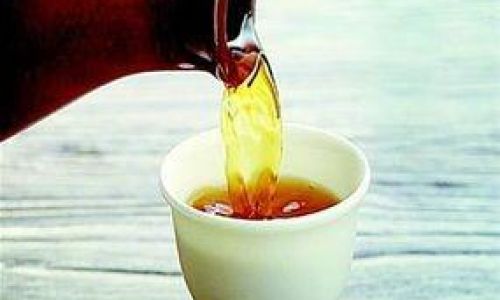
-
Use: Drizzle the sauce over meats, vegetables, or noodles to add a burst of flavor.
Chapter 4: Tips and Tricks for Perfect Huangjiu Cooking
1 Avoid Boiling
One of the key mistakes in cooking Huangjiu is boiling it. Boiling can cause the wine to lose its delicate flavors and aromas, resulting in a flat and unappealing taste. Always heat Huangjiu gently over low heat and monitor the temperature closely.
2 Experiment with Ingredients
Don’t be afraid to experiment with different ingredients when cooking with Huangjiu. Try adding herbs, spices, fruits, or vegetables to create unique and flavorful dishes. Remember, cooking is an art that requires experimentation and creativity.
3 Store Properly
Proper storage is crucial to maintaining Huangjiu’s quality. Keep it in a cool, dark place away from direct sunlight and heat sources. Once opened, consume it within a few months to ensure freshness.
4 Pair with Food
Huangjiu pairs well with a variety of foods, from rich and hearty dishes to light and refreshing salads. When pairing Huangjiu with food, consider its sweetness and aroma. Dishes with strong flavors, such as spicy or savory meats, can balance Huangjiu’s sweetness, while lighter dishes can highlight its delicate aroma.
Conclusion
Cooking with Huangjiu is an art that combines tradition, creativity, and culinary skill. By understanding Huangjiu’s origins, types, and nutritional benefits, and mastering basic and advanced cooking techniques, you can incorporate this ancient delicacy into your culinary repertoire. Whether you’re heating Huangjiu for a warm and comforting drink, simmering it with fruits and spices, or using it to create flavorful dishes and sauces, the possibilities are endless. Remember, cooking with Huangjiu is a journey of discovery and enjoyment. Experiment, be creative, and enjoy the process of bringing this ancient tradition to life in your kitchen.
As you embark on this culinary adventure, keep in mind that the key to successful Huangjiu cooking lies in balance and moderation. Use Huangjiu as an accent to enhance the flavors of your dishes, rather than overpowering them. With practice and patience, you’ll soon master the art of cooking with Huangjiu, creating dishes that are both delicious and memorable.
In addition to the culinary benefits, cooking with Huangjiu also offers a deeper connection to China’s rich cultural heritage. By incorporating this ancient ingredient into your cooking, you’re not only creating delicious dishes but also honoring a tradition that has been passed down through generations. So, the next time you’re in the kitchen, reach for a bottle of Huangjiu and let its unique flavor and aroma inspire your culinary creativity. Happy cooking!
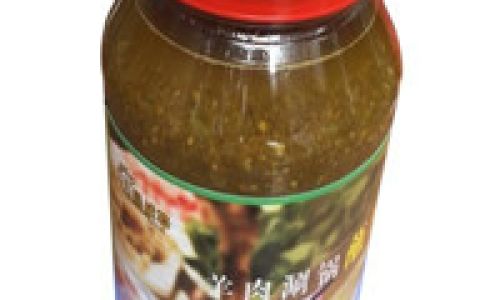
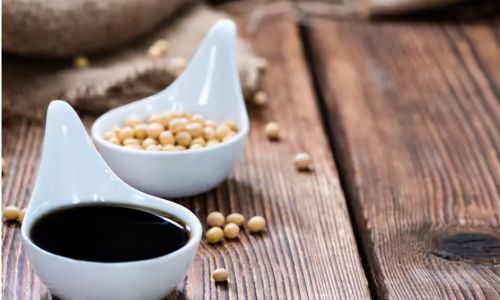
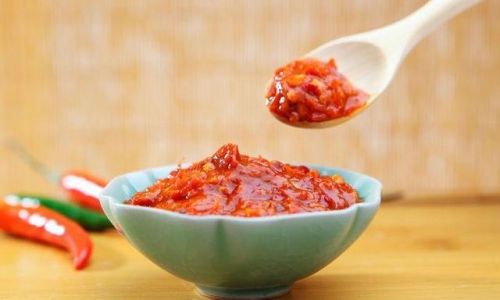
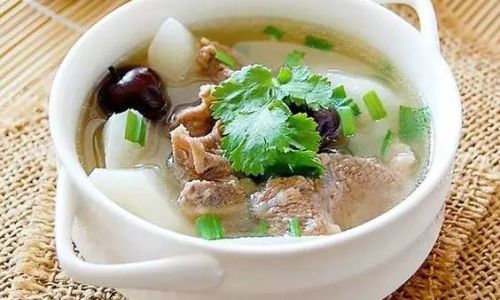
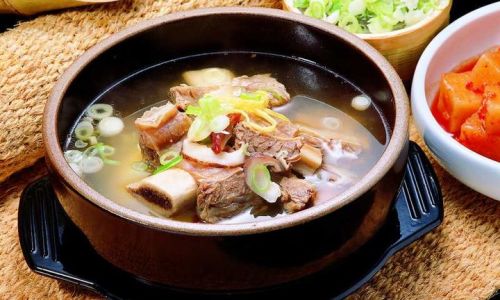
0 comments